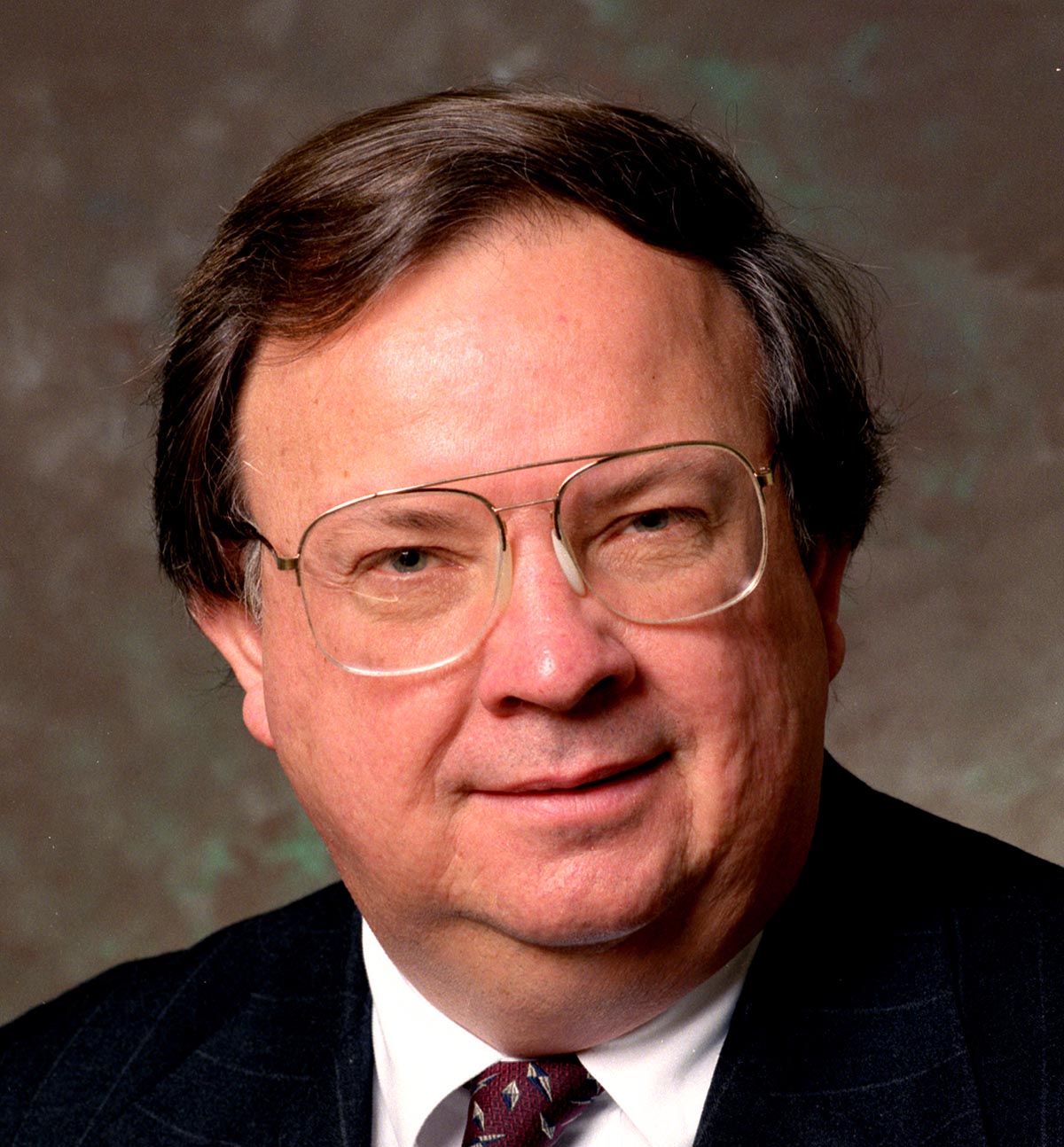Professor in Chemistry, Physics, Electrical Engineering and Computer Sciences and Director, Lawrence Berkeley National Laboratory, born 1943; B.S. (1965), M.S. (1966), Ph.D. (1969) in Electrical Engineering, University of California, Berkeley; AT&T Bell Laboratories: Member of Technical Staff (1969-76), Head, Quantum Physics & Electronics Research Department (1976-83), Director, Electronics Research Laboratory, (1983-89); R.W. Wood Prize (1981); Franklin Institute Edward Longstreth Medal (1982); IEEE Morris E. Leeds Award (1983); Regent’s Lecturer, University of California (1984); Chairman, New Jersey Commission of Science and Technology Panel on Photonics (1988): Member, California Council on Science and Technology (1989); Member, National Critical Technologies Panel, Executive Office of the President, Office of Science and Technology (1990); David Sarnoff Award (1989); Distinguished Engineering Alumnus Award (1990); SPIE - The International Society for Optical Engineering Edgerton Award (1990); Fellow, AAAS, APS, IEEEE, OSA; Elected Member, National Academy of Engineering (1983), National Academy of Sciences (1984).
Research Interests
Our research investigates physical processes in materials and molecules which occur on a femtosecond time scale (1 femtosecond = 10-15 sec). Using ultrashort pulses of light, we are able to explore new physical effects which represent the fundamental storage and transfer of energy within materials. On a femtosecond time scale, we are able to study the coherent motion of atoms as they oscillate, the interaction of molecules exchanging energy or undergoing rapid chemical reactions, and the motion and interaction of electrons with their environment. Studying such ultrafast phenomena will help us understand the most basic properties which determine the dynamic response of materials. Our research is conducted using laser systems developed in our laboratory which can produce pulses of light of less than 10 fs in duration, only a few optical cycles! These laser pulses represent the highest time resolution available anywhere in the world, and allow us to study and understand events which could not be observed previously because they occurred so quickly.
Current Projects
Our research program is directed toward the study of ultrafast processes in solid state materials and molecular systems. We have developed state-of-the-art femtosecond laser systems for generating optical pulses of less that 10 fs duration over the entire visible region of the spectrum. The capability for generating pulses of only a few optical cycles allows us to investigate ultrafast dynamics in a wide range of materials with applications in solid state physics, chemistry, biology and engineering. We have recently embarked on a new area of research, to develop a source of femtosecond x-rays. These pulses will be short compared to the time scale for vibrational motion in solids (h/kT~100 fs) and will enable us to study structural dynamics of materials by directly observing the ultrafast motion of atoms. The femtosecond x-ray pulses are to be produced by means of Thomson scattering of intense femtosecond infrared pulses with high-energy (relativistic) electrons. Work at the Advanced Light Source (ALS), in collaboration with a group in the Accelerator and Fusion Research Division at LBNL, is currently underway to produce the x-ray pulses. These pulses will be used to study a variety of ultrafast structural phenomena in materials including impulsively stimulated atomic vibrations, rapid phase transitions, and ultrafast molecular reactions. One system we are currently studying using visible femtosecond pulses is semiconductor nanocrystals (20 to 40 A diameter, <1000 atoms) which have unique electronic properties owing to the strong quantum confinement of the exciton as well as the molecular-like nature of the small particles. Our femtosecond studies of CdSe nanocrystals have produced a fundamental understanding of the various processes which contribute to homogeneous linewidths in these materials (including: carrier scattering, exciton dephasing, surface trapping and phonon coupling) and the dependence of these processes on particle size. Similar techniques are being applied to study polarization dephasing in noble metal films (utilizing the strong optical d-band absorption as well as free-carrier absorption). This will provide important information about electron scattering processes in high-density systems. Future research will focus on controlling the surface trapping dynamics in semiconductor nanocrystals by modifying the surface solvent environment. Our research on molecular systems includes studies of the fundamental interactions between molecules and their solvent environments as well as the response of molecules following impulsive optical excitation.
Publications
R. W. Schoenlein, D. M. Mittleman, J. J. Shiang, et al., “Investigation of femtosecond electronic dephasing in CdSe nanocrystals using quantum beat suppressed photon echoes,” Phys. Rev. Lett. 70, 1014 (1993).
S. L. Dexheimer, D. M. Mittleman, R. W. Schoenlein, et al., “Ultrafast dynamics of photoexcited C60,” SPIE Proceedings Vol. 1861, Ultrafast Pulse Generation and Spectroscopy, p 328 (1993).
D. M. Mittleman, R. W. Schoenlein, J. J. Shiang, et al., “Quantum size dependence of femtosecond electronic dephasing and vibrational dynamics in CdSe nanocrystals,” Physical Review B 49, 14435 (1994).
K.-J. Kim, S. Chattopadhyay, and C. V. Shank, “Generation of femtosecond x-ray pulses by 90 degree Thomson scattering,” Nuc. Inst. and Meth. in Phys. Res. A 341, 351 (1994).

